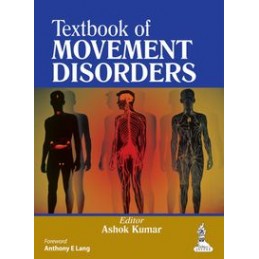- Obniżka


 Dostawa
Dostawa
Wybierz Paczkomat Inpost, Orlen Paczkę, DHL, DPD, Pocztę, email (dla ebooków). Kliknij po więcej
 Płatność
Płatność
Zapłać szybkim przelewem, kartą płatniczą lub za pobraniem. Kliknij po więcej szczegółów
 Zwroty
Zwroty
Jeżeli jesteś konsumentem możesz zwrócić towar w ciągu 14 dni*. Kliknij po więcej szczegółów
Movement disorders in neurology concern involuntary movements of parts of the body. Many movement disorders are caused by nerve diseases such as Parkinson’s disease. Other causes include injuries, autoimmune diseases, infections and certain medicines. Many movement disorders are inherited so run in families (MedlinePlus).
This book is a comprehensive guide to movement disorders for practising neurologists and trainees. Divided into 55 chapters, it discusses the basic science, clinical concepts, diagnosis and treatment of numerous conditions. Parkinson’s disease is covered in-depth and complete chapters are dedicated to movement disorders in children, MR imaging, and emergencies in movement disorders.
Presented in an easy to read format, this manual includes 800 clinical photographs, illustrations and tables, as well as extensive references for each chapter.
Key points
Opis
